Moving a site: why it is necessary to plan a hosting change in advance
- Home
- Blog
- Technical Support
- Moving a site: why it is necessary to plan a hosting change in advance
Has your site, for any reason, become uncomfortable on the old hosting? So, relocation is coming, but there is one question: where to start? The preliminary step is to choose a good hosting service from a reliable provider. Then the professionals come into play, this is us. :) Together, we will move the site quickly and painlessly. The main condition is to plan the work in advance and, of course, warn us about it. The fact is that the transfer of the site is a very diligent task that requires preparation. Now you will see for yourself.
Three scenarios for changing hosting
Before starting work, you need to choose one of three relocation strategies.

1. A stub. You can put a stub on the site with a notification about technical work. Not the best, but a cardinal option, in which the provider will be able to safely migrate the site, but at the same time you risk losing some customers and potential profits.
2. "Bifurcation". If you have an emergency, and your provider is forced in a hurry simply change the IP address of the site in the DNS settings, for some time (on average, a day) it will work simultaneously on the old and new servers, which means that some of the orders or comments made during the transfer will be buried along with the old version of the website. This time interval can be shortened – a day before moving, change the expire parameter in the domain SOA record to, let us say, one hour (3600 seconds). This will reduce the full transfer waiting time, but it will not solve the bifurcation problem.
3. "Substitution". Perhaps the most optimal of the scenarios. Having stipulated the relocation in advance, the provider will take care of solving the problem of bifurcation. We usually adhere to this strategy, so now we will take a closer look at how exactly the site is transferred to a new hosting by the substitution method.
Step 1. Replication of data to another server. First of all, you need to make sure that during the work, user requests will continue to get to the old server.
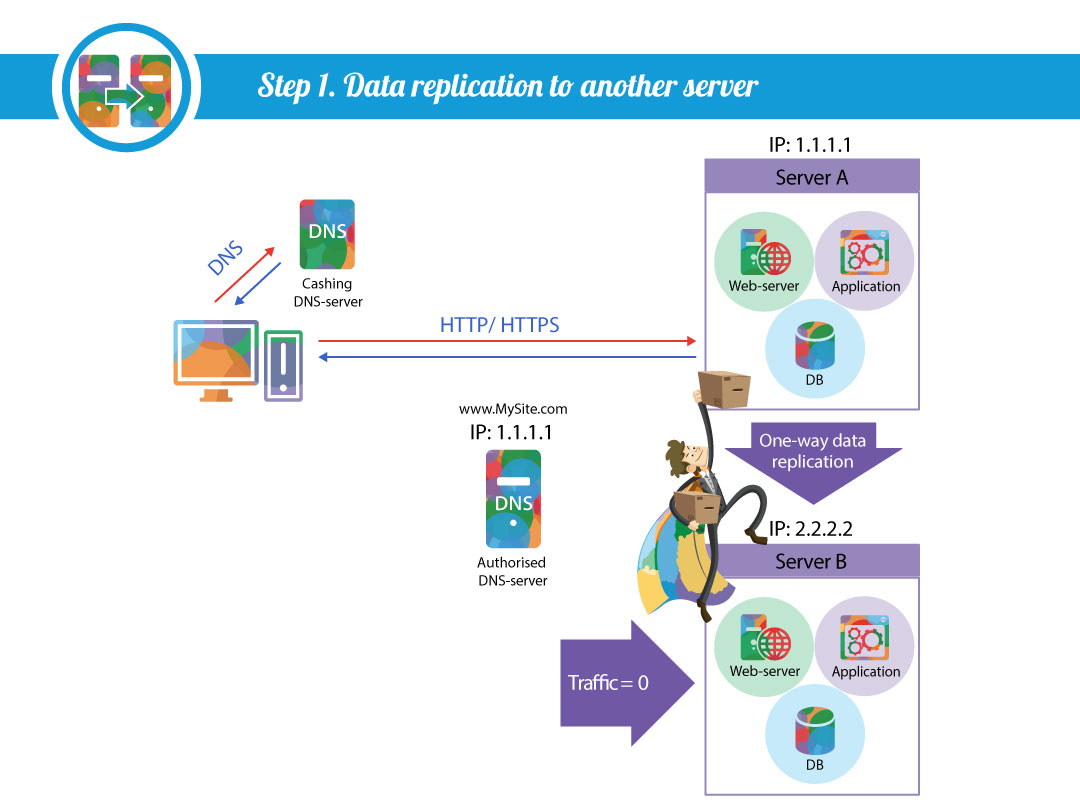
Step 2. Test the new server operation. After replication was established, we test the new server. To do this, in the local file hosts (in our case C:\Windows\System32\drivers\etc\hosts) indicate that the site now has a new IP address. Then we open the site in the browser to make sure that it completely matches the version on the old server.
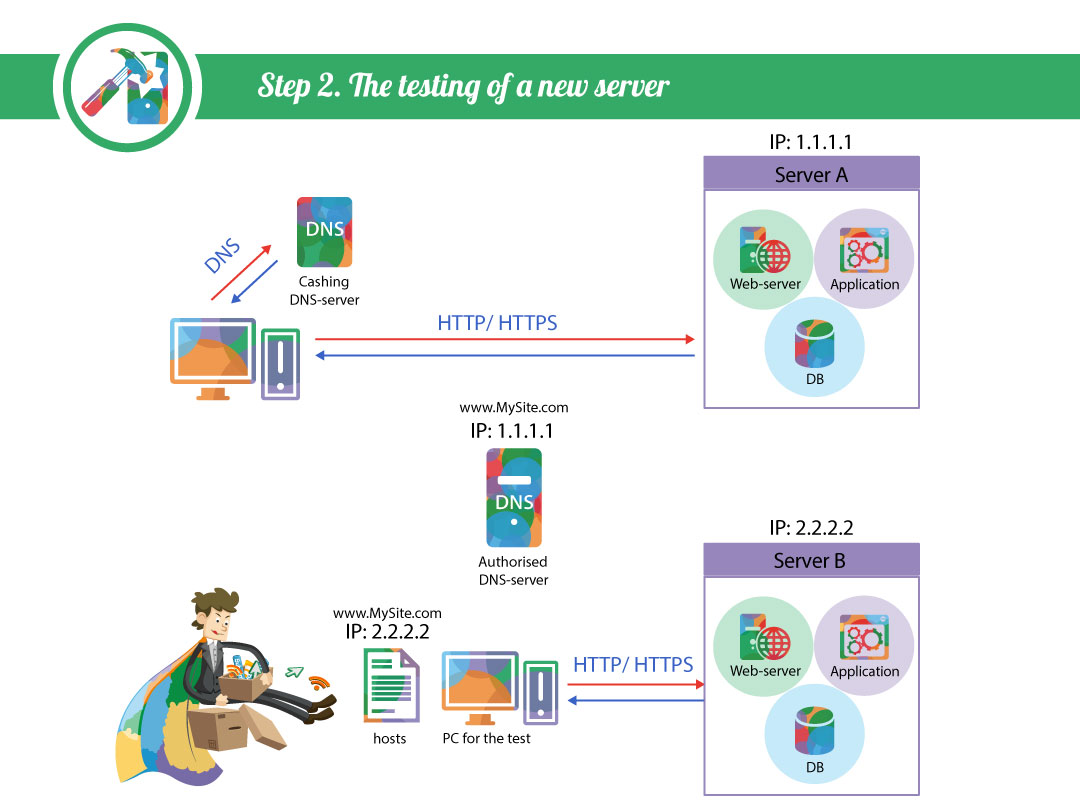
Step 3. Configuring the proxy on the old server. We "extinguish" the site on the old server, so that it only accepts user requests, passes them to the new server, and then returns the processed responses to users.
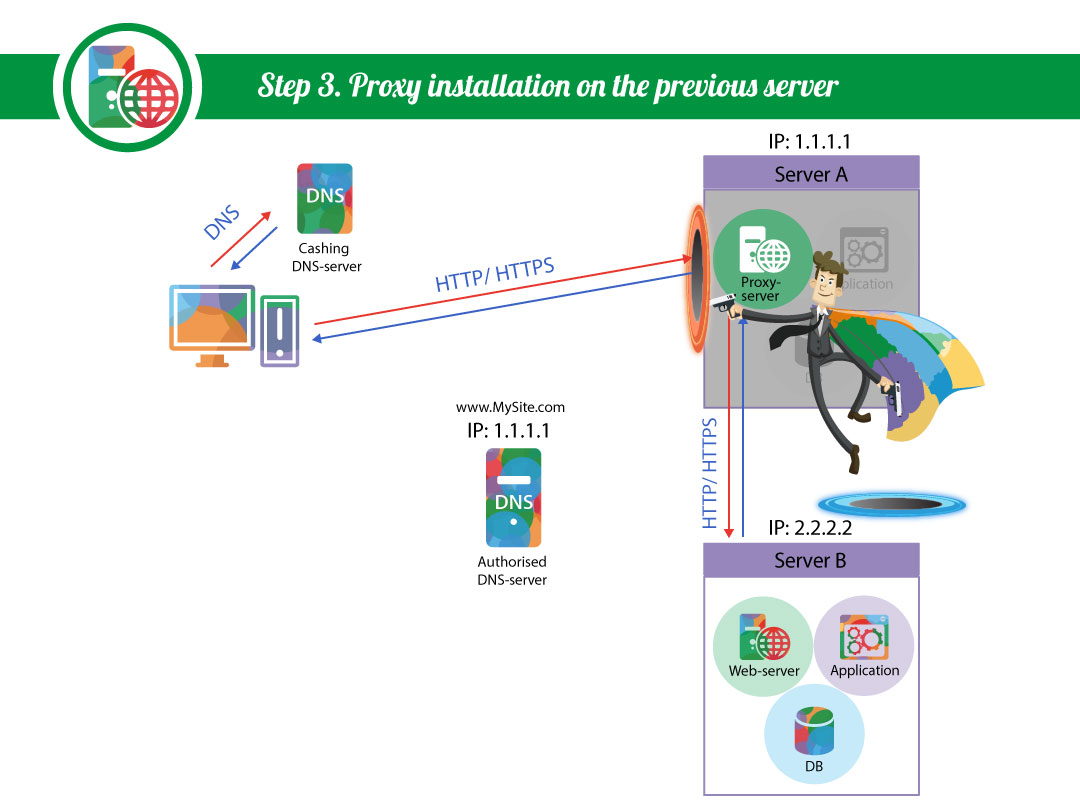
Step 4. Addressing to the server through the proxy. Making changes to DNS.
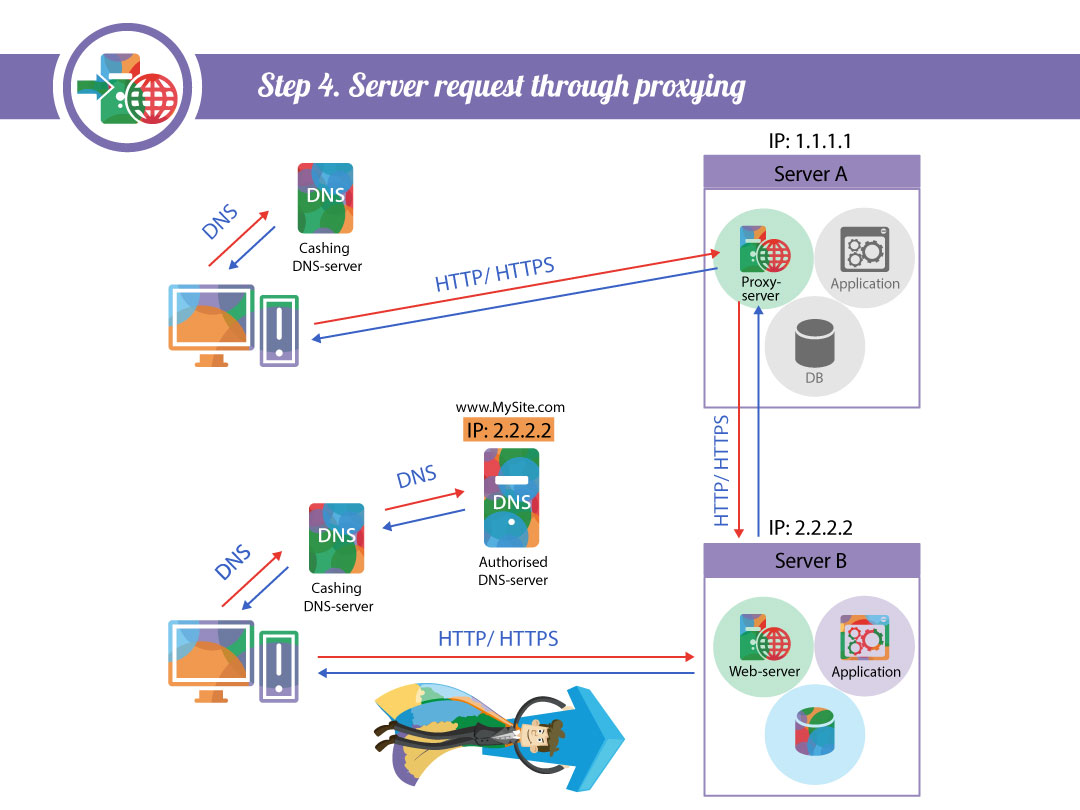
Step 5. Disabling the old server. When the old server stops receiving requests, for security reasons, we wait another day and disable it. Done!
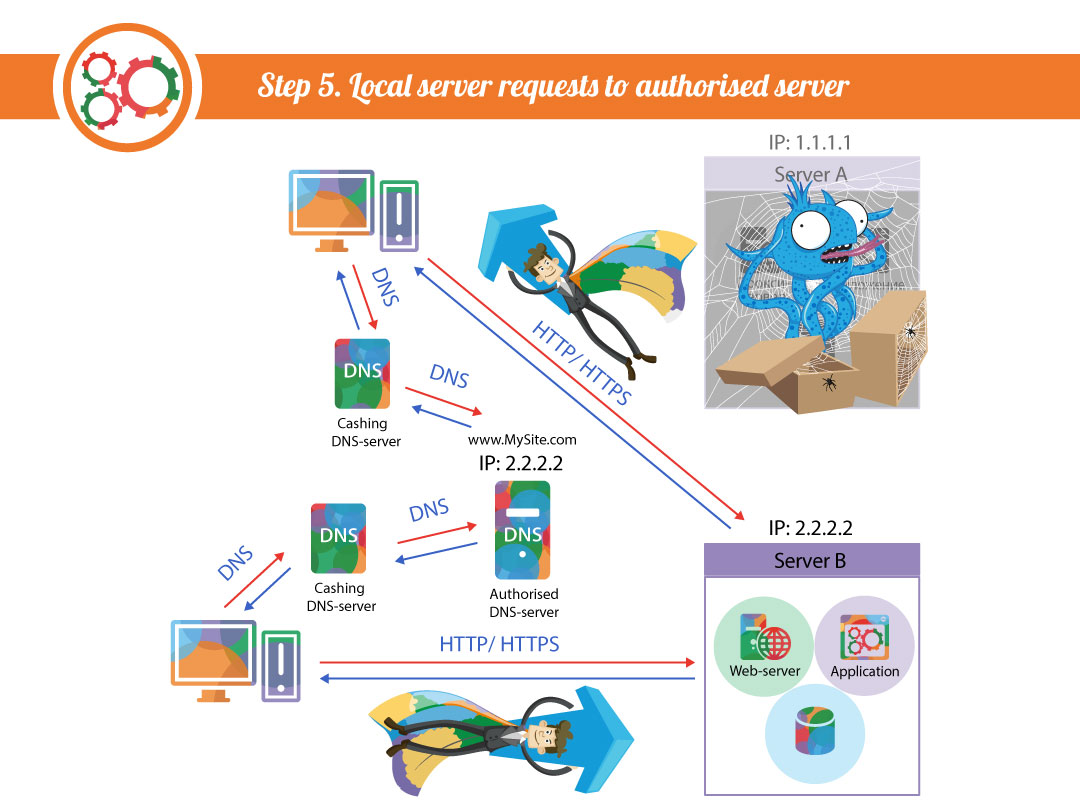
As you can see, moving the site to the new hosting is a challenging task. It is better to entrust it to professionals and inform them about it in advance. Contact us for high-quality web hosting for both small and large-scale projects, and we will do everything to ensure that the transfer goes without any issues and losses of customers or orders.